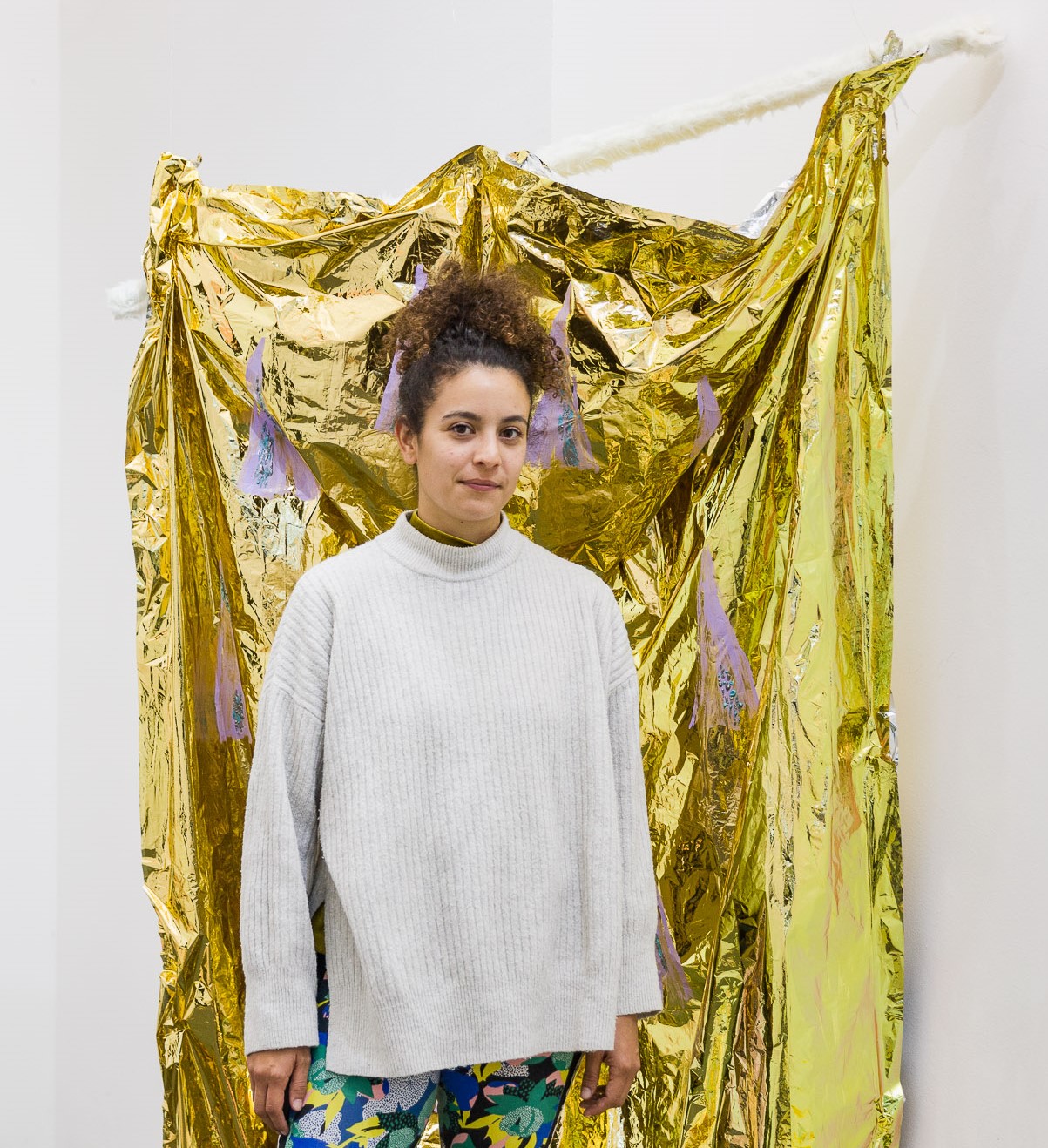Paula Flores is a contemporary artist currently living in Vienna who was born and raised in the hectic border city of Tijuana, Mexico. She has a bachelor’s in visual art from the Universidad Autónoma de Baja California and a Master’s in Art & Science from die Angewandte (University of Applied Art in Vienna). Her works span across different media, such as painting, installation, performance, etc.
Paula is interested in the complexity of nature and is concerned with our knowledge or ignorance of it and our relationship to it. In her works, Paula explores her own cultural heritage, which she approaches in various ways. In her sculptural installations, the artist brings together found and recycled objects, both natural and synthetic, to render the indigenous flora and fauna of the San Diego/Tijuana region – a continuous landscape that is defined, divided and altered by human intervention.
Marina Paladi: You build your works around your own culture. How did you start working with your cultural heritage, and how do you integrate it into your art?
Paula Flores: I think it’s not just that I integrate culture into my work. For me, it’s the starting point. I’m from a border city, a city that is also young, only 135 years old or something like that. But my grandparents came from the center of Mexico, from a much ancient place. And when people think of Mexican traditions and culture, they relate more to the center of Mexico and not to us from the border. So through my grandparents, I got to learn and live the Mexican culture, but also the indigenous culture from my paternal grandmother’s side. Cultural identity has been very important to me since childhood and all my thoughts started from there. I don’t think that it is a layer that I added later to my works, but it’s always been a starting point, either from a story or from a ritual or practice or even food. I’m very interested in how our cultural heritage is related to our day-to-day life and how this history shapes us. It is important for me to get to know the history of everything that surrounds us and to acknowledge that all our practices have a story behind.

M.P.: I also find it interesting how you combine these cultural elements with nature. Usually, culture and nature are presented as separate, but you bring them together and present them as a whole.
P.F.: Indeed, culture and nature are always presented as opposites and there’s also this impression that humans are trying to get away from the animalic instincts and trying to be more in control, by building civilizations. But for me, culture clearly comes from nature. Once you start to learn more about it, you see that nature is connected to everything and even to our present life, although we have this distance from it now, by living in cities. But, even everything that we eat has a huge, long history related to culture and nature. We’re all coming from nature, even though some people don’t relate to it. I just don’t see any separation between nature and culture.
M.P.: And how do you think this separation happened?
P.F.: I think it started with the act of trying to get rid of these animalistic sides of us, maybe trying to become more rational, to control ourselves more. So nature became something considered less than culture, but culture is considered a product of our minds is something that makes us special. But actually, our culture was built through interaction with nature. In this attempt to control everything and to ensure our survival so we can have everything forever, we distance ourselves from nature. Also, nature has this cycle of life and death, whereas culture is seen as linear time and history, as progress. So it is considered that the closer you are to nature, the more primitive it’s supposed to be.
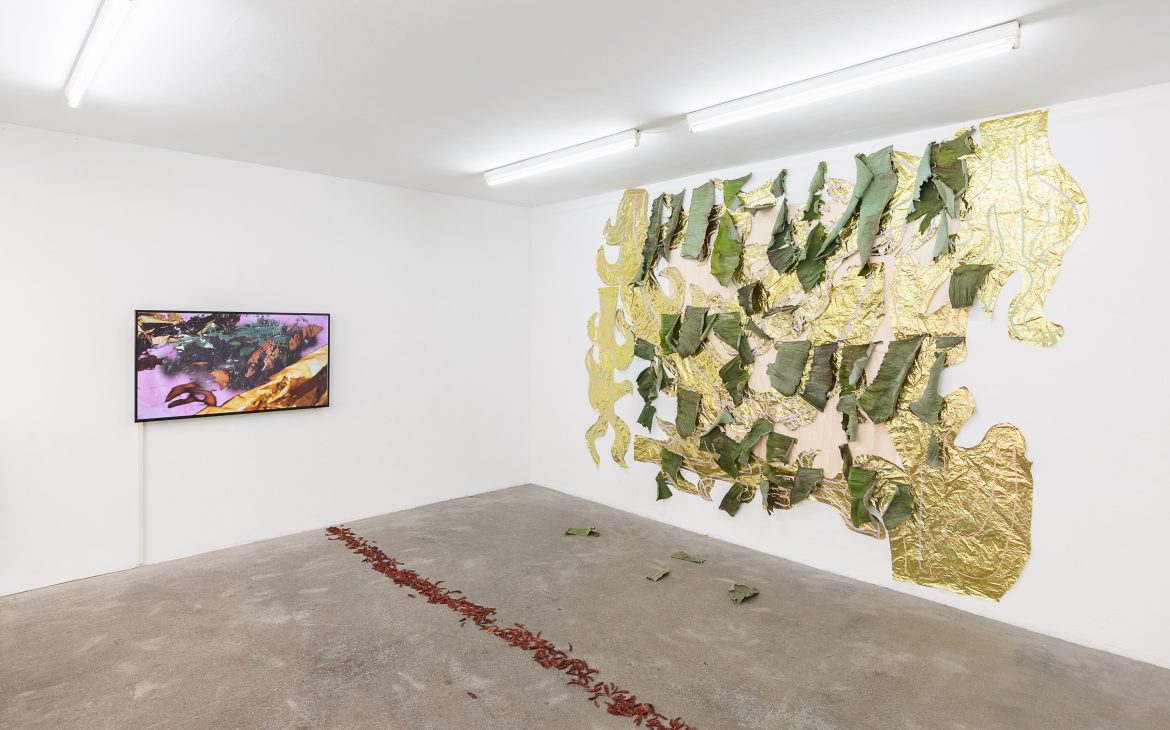
Nature always ends up being the other because it feels like it is not ours—nature is everything else that we haven’t made. Biologically, we know that we are nature, but we still have this idea that we’re out of it. When, in reality, of course, we’re not. We depend on nature. And now, we can see how our ignorance affects us.
M.P.: This symbiosis of nature and culture can be found in one of your biggest projects, „Party of a Lifetime”, curated by Marcello Farabegoli. What is the story behind this exhibition?
P.F.: My first idea was to make a tribute and talk about cultural and religious practices, but also the rituals and knowledge of plants and mushrooms that Maria Sabina had. Through this project, I tried to recover the memory of Maria Sabina, a very important Mazatec healer, and to talk more about her role in exploring mushrooms. Now mushrooms have become really famous and mainstream, but she’s rarely mentioned for contributing to this discovery. I think it is very important to acknowledge the work of other people. Maria Sabina played an essential role, and thanks to her, the ritualistic mushrooms were exposed to the rest of the world and started to be used for healing.
During the process of working with Maria Sabina’s heritage, I started seeing how all of my interests, relating to human and nature relationships, go back to my childhood and to the stories and experiences that I inherited from my grandparents. My grandmother loved storytelling. She was a really good storyteller, and was always telling us stories about fictional worlds and fantasies, but also stories of her time that were told to her by her parents and grandparents. And a lot of these stories were full of names of animals or plants that I didn’t know about. My grandmother always found it curious that I couldn’t understand those words, because for her it was the language that they spoke, and the only language she knew.
And when I got older, I realized that there is a lack of words related to nature in our day-to-day discourse, we are becoming more and more distant from nature, and this distance can also be sensed through our language. Both of my paternal grandparents grew up in a rural area in the center of Mexico, and for them, the act of connecting with nature was something that they did on a daily basis, but for me and for the rest of my family, that was born and raised in a city, nature wasn’t so close anymore. So, through them, I learned the practice of storytelling and identified the need to reconnect with nature.

So this exhibition ended up being a tribute to my grandparents and to Maria Sabina, and to all the other ancestors of different families that have connected us and that still connect us to nature, because now, unfortunately, we are disconnected from nature. We are living and growing up in cities, but sometimes the city doesn’t allow us to have the time or the space or even the means to get close to nature or to actually be in nature on a longer basis so that we can develop these relationships.
“Party of a Lifetime” is a tribute to the complexity of human life within nature, to all that we have had to go through generation after generation, and also to the realisation that we need to find new ways of connecting with nature. We need to question even our own language that we use every day, which has less and less references to nature or analogies and metaphors for it, and that we know less and less names of plants and animals and changes that are happening in nature.
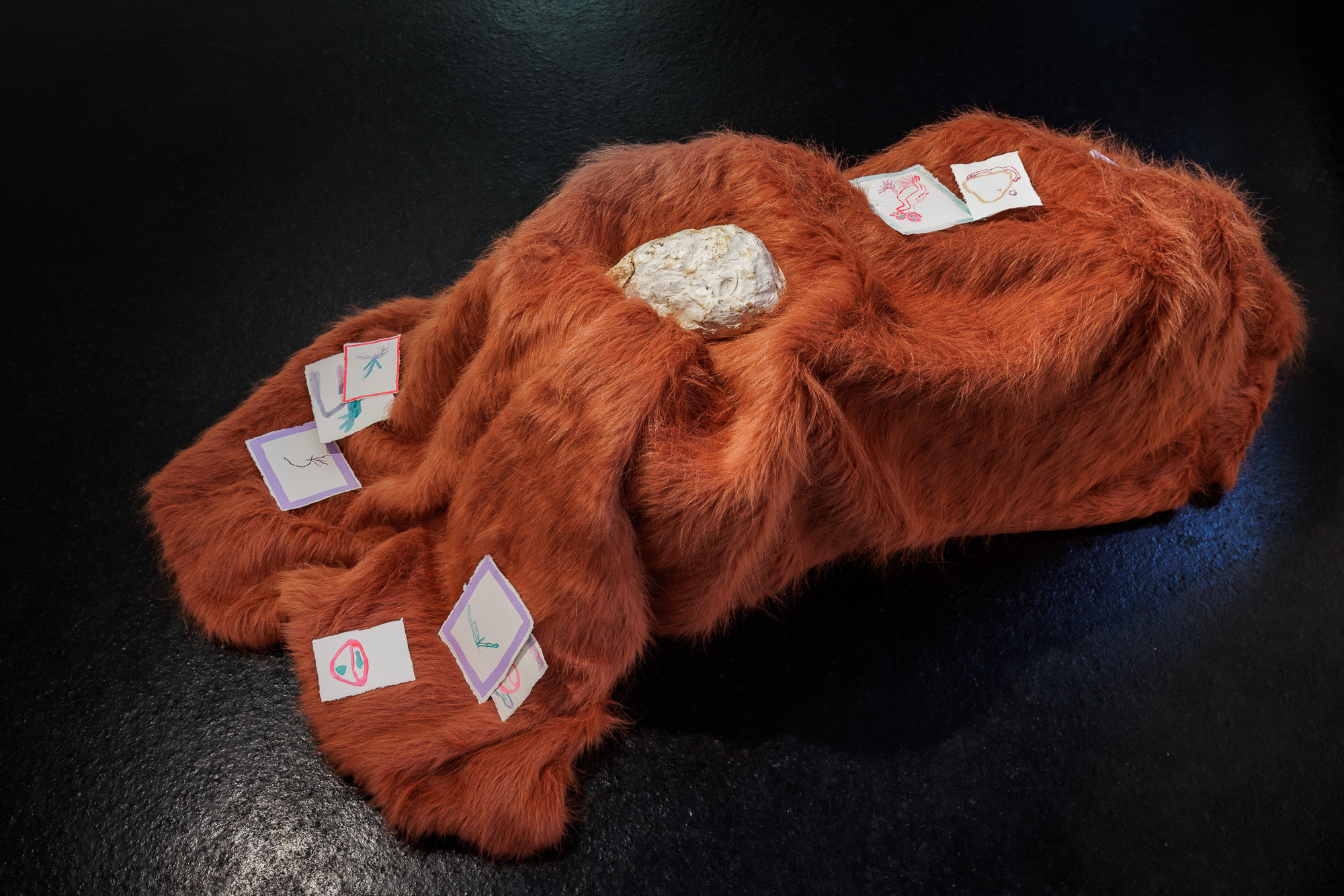
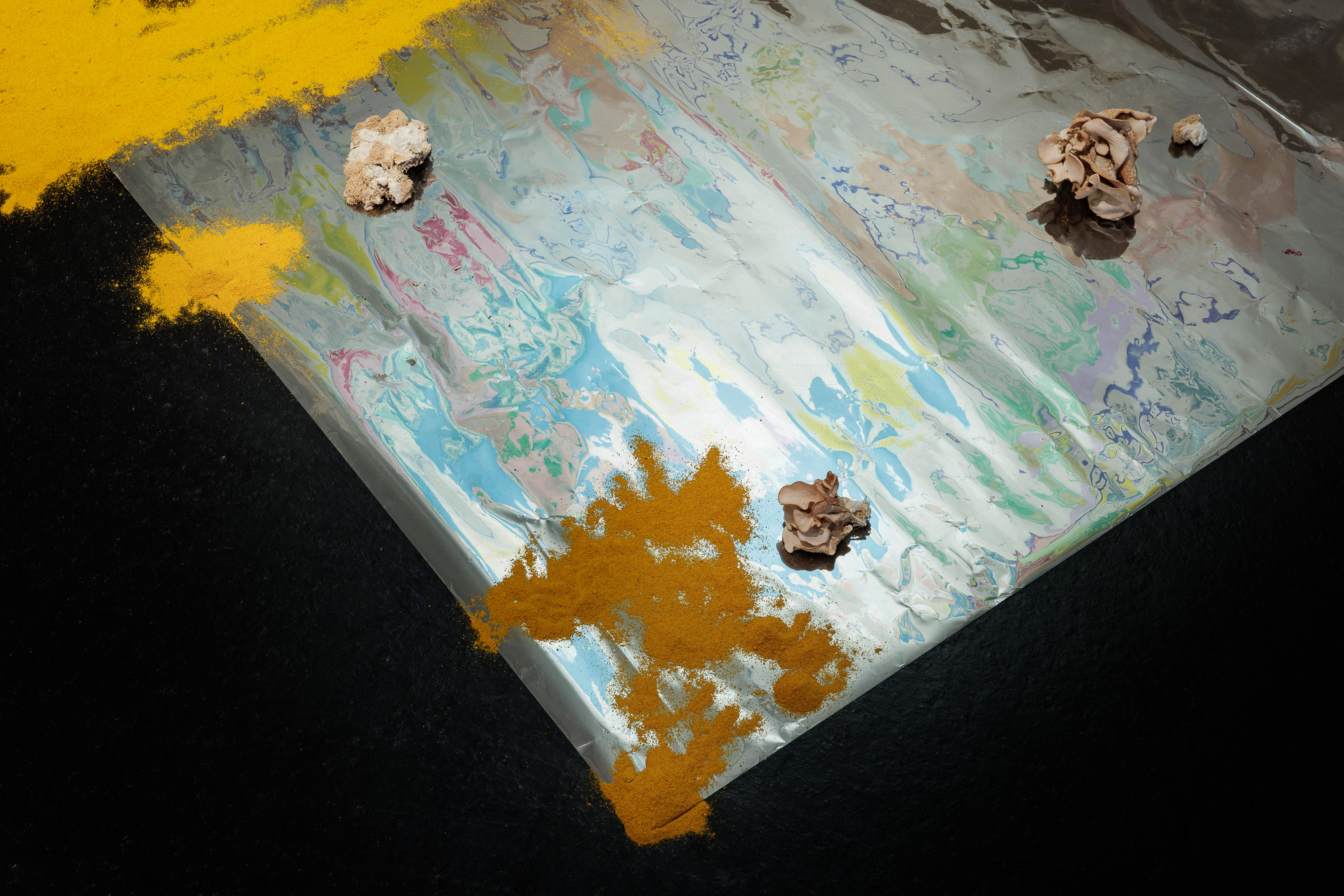
M.P.: Throughout your works, you experiment with a lot of materials and media. What medium are you more comfortable with, or what do you like to work more with?
P.F.: I like to explore different types of materials, from artistic materials to construction materials to even food, and I like to use them in various ways. I’m interested a lot in the material itself and the history that it has because for me, it represents the alchemy that we’ve been trying to do as humanity for a long time. It is also very curious to me how, from using purely organic materials, we have reached the point where we have purely synthetic materials. I’m honestly very attracted to both and everything that is in the middle. I like to see things rot and degrade and decay but also grow and bloom. And I also like the qualities and the colours of very synthetic materials that you can’t get from nature. For me materials just show the whole history of the world, of how things have evolved, of what we have learned to manipulate or not and of what we think about things.
Also, in my works, I always use a combination of both organic and synthetic because it has different meanings, and you can’t interchange these meanings and feelings that they inspire. So I really don’t limit myself to any material. If I had to pick, I would say that painting is my favorite medium, from using acrylic to oil paint to pigments. Sometimes, I also use food to paint. I don’t limit my creation to any materials because I just love to learn how to manipulate new things. Now I’m even exploring more the digital world, which before, for me, was very difficult because I couldn’t feel the materiality of the things I worked with. Creating purely digital was a challenge for me, but I could find my own way through it and started working with performance and video. So, my work has taken that path and I am really eager to explore it more.
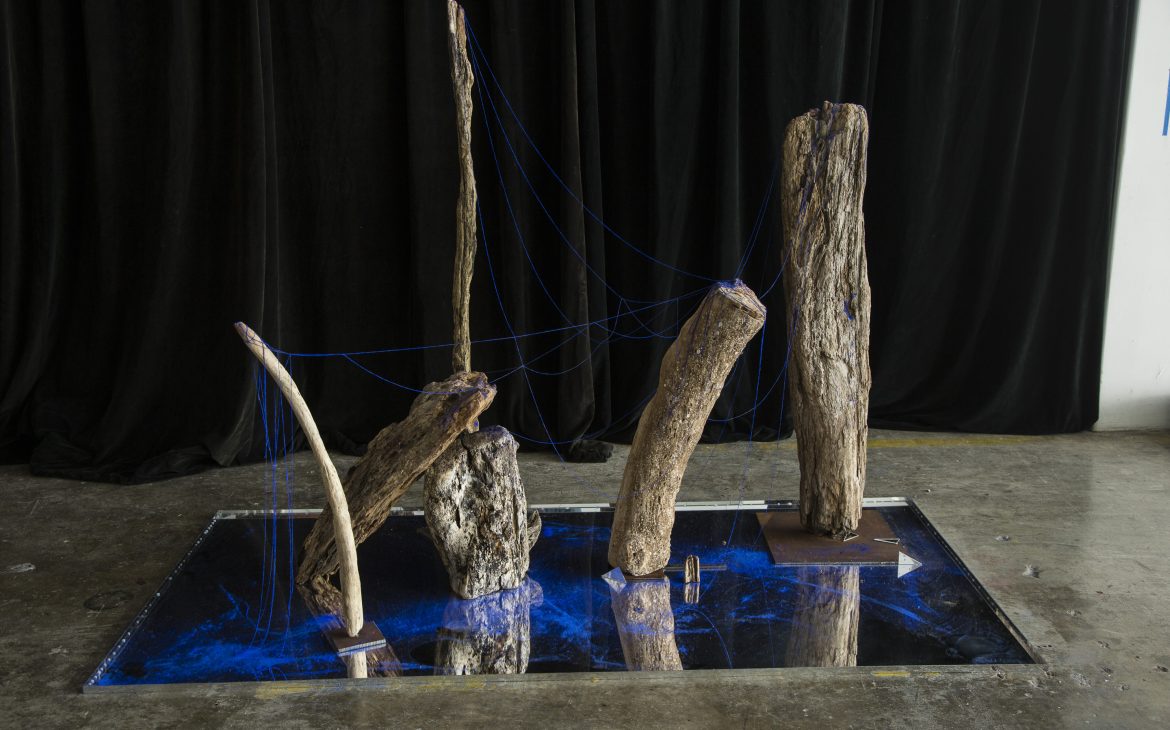
M.P.: As an artist from Mexico who moved to Vienna, what are the challenges of an emerging artist here?
P.F.: I think that even though most art scenes work in the same way, there are still some differences. Where I’m from, there’s not really a big art scene. It’s small, and we all know each other or know about each other. But coming to Vienna it meant for me coming to a new place where it’s a different language and culture. So, I needed time to learn and to understand different ways of interacting. But at the same time, it’s a very rich, international and diverse scene. The challenge in such a place with such a long history and with a more established art scene is getting to be known by institutions, galleries and people and getting to know them as well. Also, you need to understand the topics that are being discussed inside the local cultural scene to find out what is more relevant for this specific space and in what ways it is being approached.
M.P.: What are your future goals as an artist?
P.F.: My future goal as an artist is to keep being present in the international scene. But also, in terms of my work, I would like to do much bigger installations. I’m trying to figure out how to do them due to insufficient funding and also limited spaces that are suitable for installation from organic materials, such as mushrooms for example. I would also like to have the freedom to be able to build such things in institutions. I want to grow mushrooms much more than I have been doing before and many more different types. And to explore them as materials and how they interact with me in certain spaces.
I want to keep exploring the interspecies relationships in group settings, in more complex dynamics. But one work takes me to the other. And even though I already have planned several exhibitions for this year, I never know exactly what I’ll do next because I’m constantly exploring. So, I am very open to new areas and new materials.
https://paulafloresart.com/
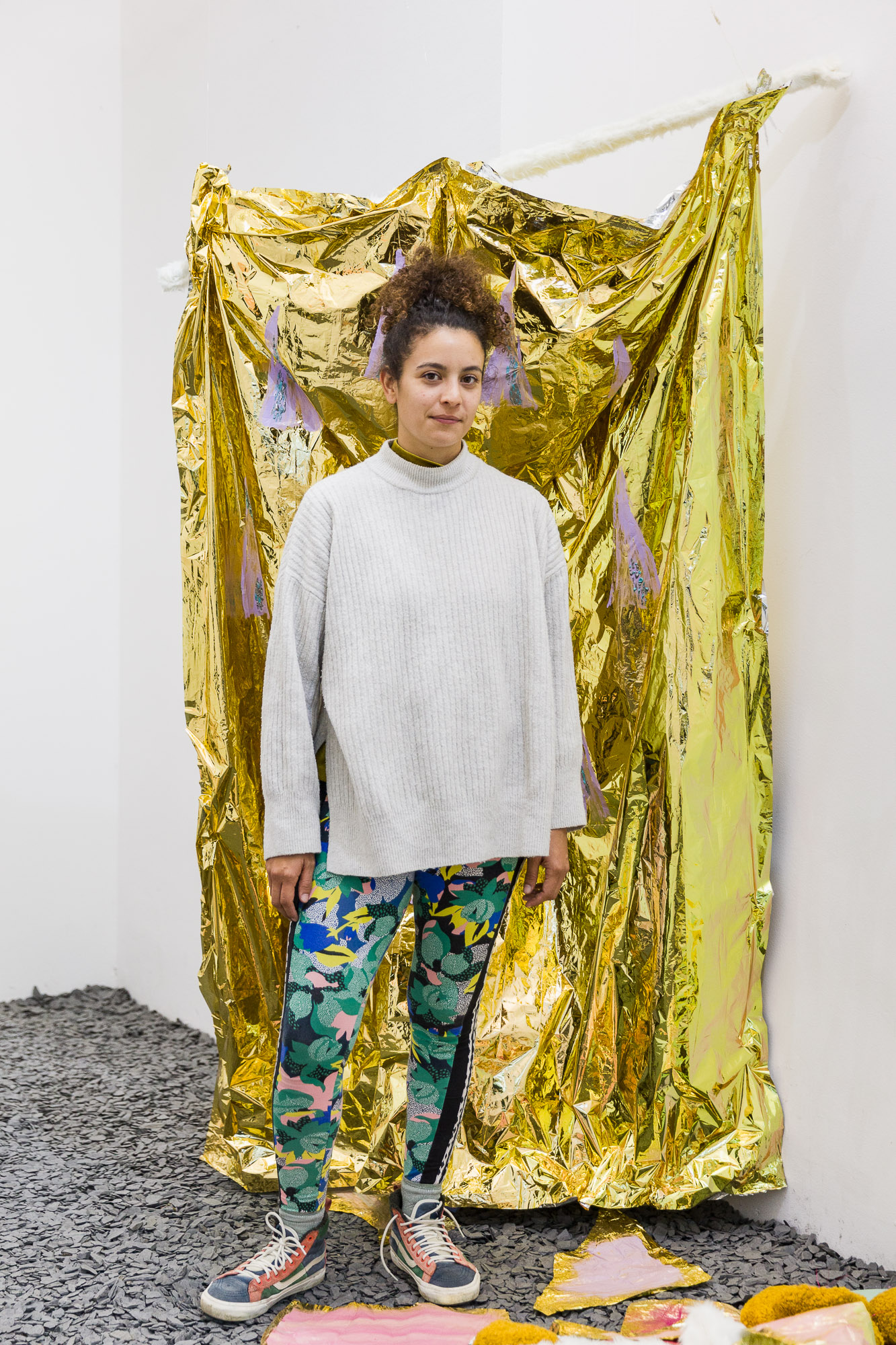


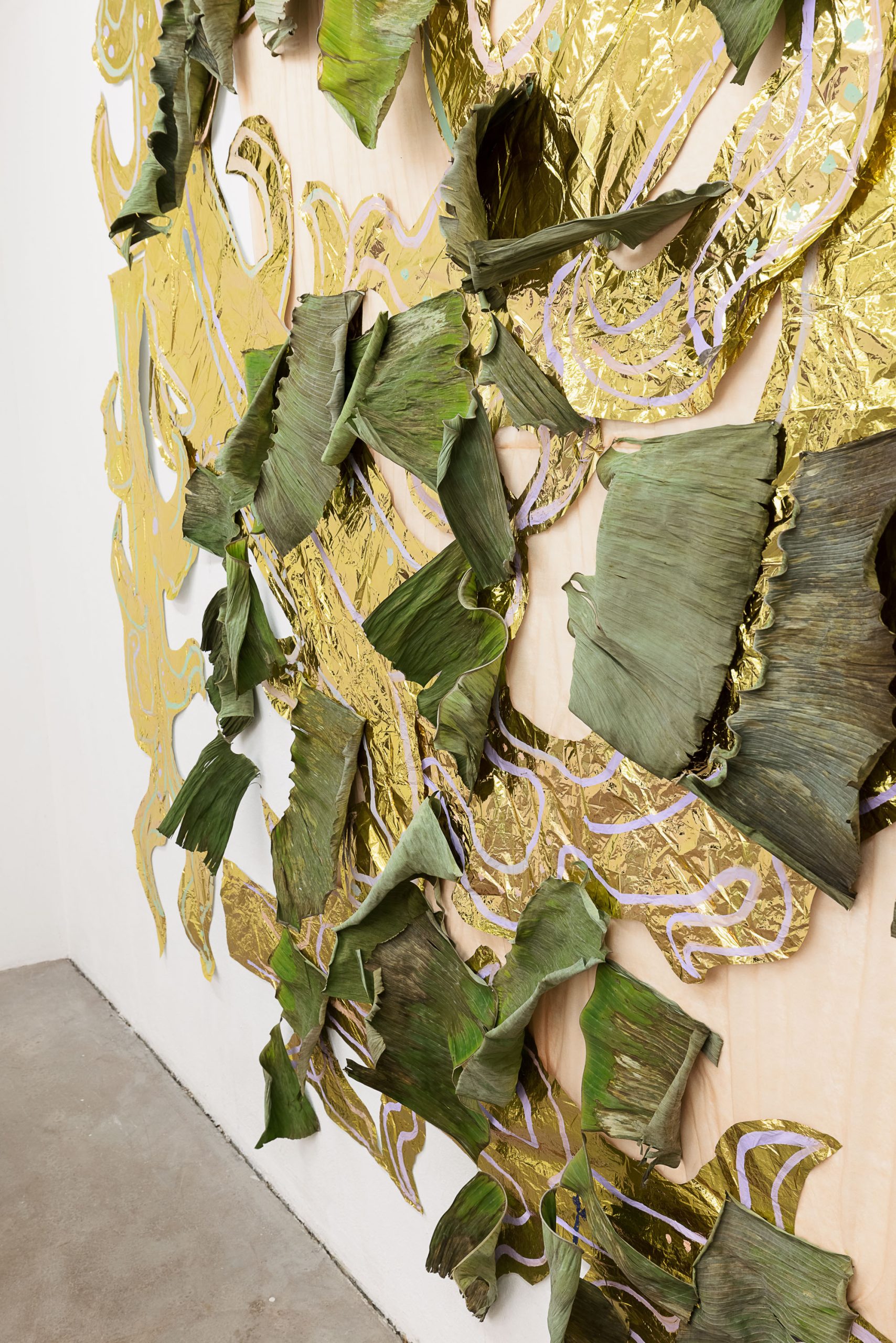
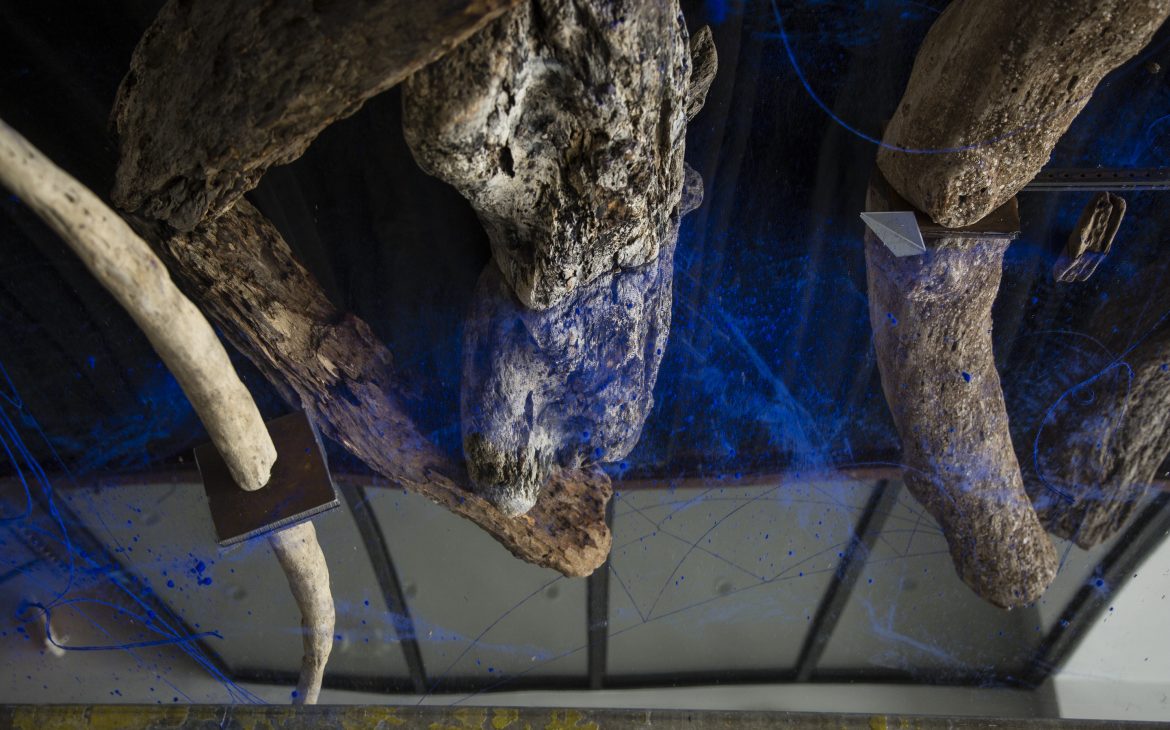

Paula Flores, Party of a Lifetime, curated by Marcello Farabegoli, Kunstraum Feller, Vienna, Austria, 2022


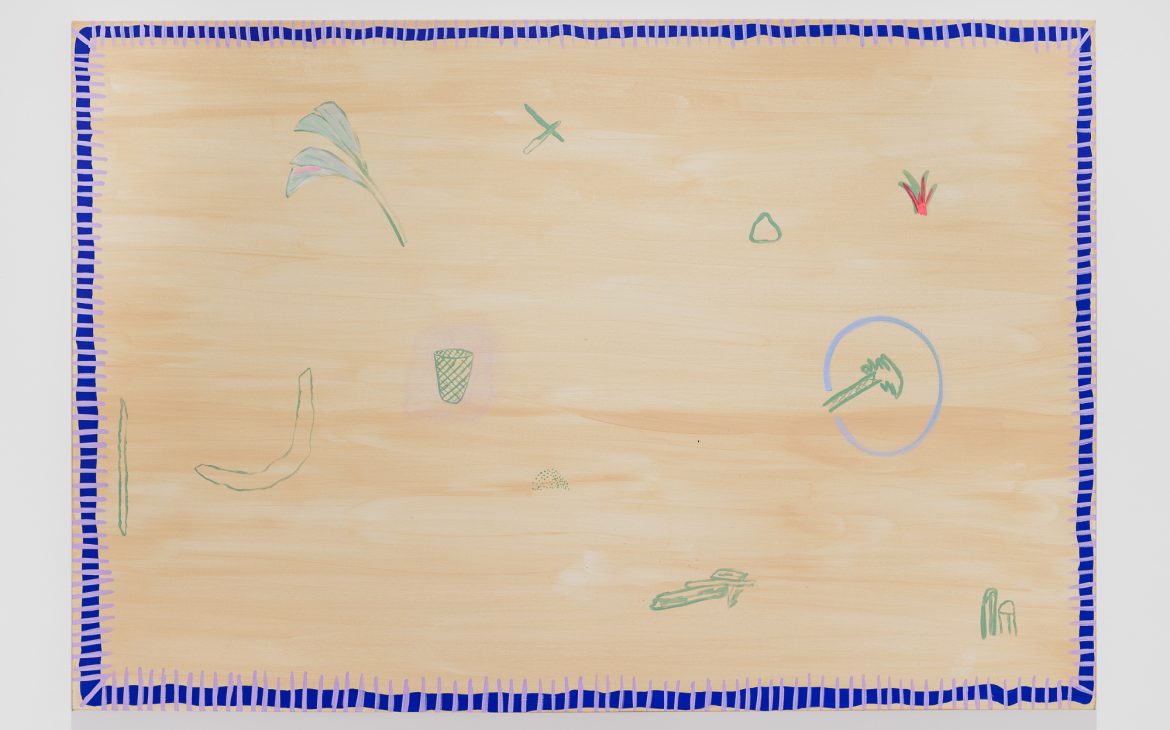

This journalistic material was produced within the framework of the Power Station++ programme | Mobilities for Cultural Professionals. The mobility is part of the National Cultural Programme “Timisoara – European Capital of Culture in 2023” and is financed by the Power Station++ programme, implemented by Center for Projects of the Municipality of Timișoara, with funds allocated from the state budget, through the Ministry of Culture budget.

